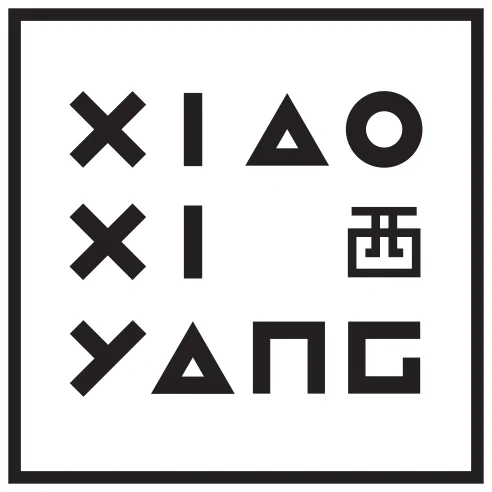Project Overview
Since opening it’s door in 1977, Yang Chow has a proven capability to bring customers into their multiple locations across L.A. with little digital influence in an increasingly digital age of restaurants. With the adaptation of an online ordering system to their website, Yang Chow’s productivity, efficiency, and accessibility to the community would be greatly increased.
Project: Website Redesign
Client: Yang Chow Restaurant
Role: UI/UX Designer
Platform: Web
Timeframe: 2 weeks
Tools: Sharpies & Whiteboard, Pen & Paper, Sketch App, InVision, Photoshop, Illustrator, Keynote, LucidChart
The challenge
People found it inconvenient when ordering food from Yang Chow. How might we streamline the ordering process to lock down potential customers.
The Solution
Create a user interface that is visually appealing and generates repeat customers. I developed a new and modernized ordering system with take out and delivery features.





























